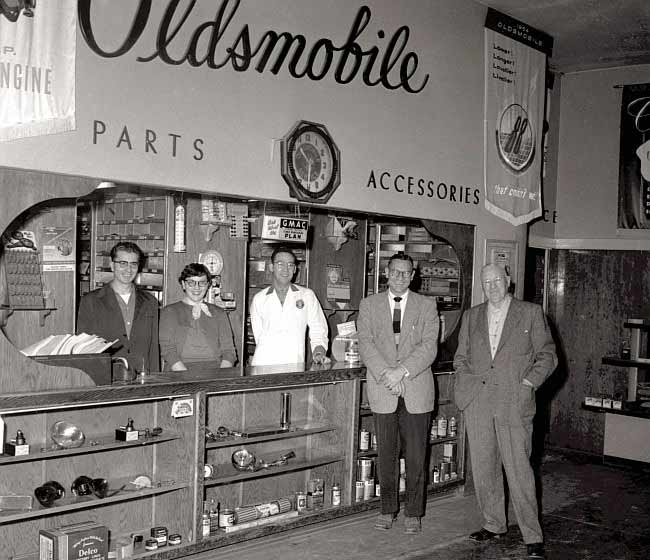
I brought my car to the dealership recently to have some work done. While the service department — interesting they’re called “service” and not “mechanics,” signaling (or suggesting?) perhaps a higher level of expertise — was working on my car, I started checking out some of the cars in the showroom. As I started eyeing the car I hope to get in a few years, I expected to be interrupted by a salesperson who would come running over to try and sell me on the car.
But as I walked around the car to get a good look, no one came to talk to me. There were at least 7 salespeople on the showroom floor. A bit puzzled as to their indifference, I started to open the doors, to check out the interior and all the cool buttons (my car pre-dates fancy buttons), and got in the drivers seat; even after making eye contact with at least three people on the showroom floor, they still left me to inspect the car uninterrupted.
At this point, despite my dislike of car salespeople, I was a bit offended that I hadn’t been approached to be harassed about buying the latest car.
Did I not look like a serious buyer?
Did I not look the part?
Perhaps not.
After all, I brought my backpack with me to do school work while I waited on my car and I was wearing an Emory t-shirt, thereby branding myself as a student. Perhaps these factors (rightly?) signaled to these salespeople that I don’t have the proper socio-economic status that would allow me to purchase a car.
It’s an interesting study in identification practices.
In a place that values the number of products sold per month (and considering I was there at the end of September — there must have been people there trying to meet their monthly sales targets), I still wasn’t their target customer. This was evidenced by their attentiveness to other customers who came in wearing casual business attire and who were a few years older than I, though maybe only by 5 or 6 years. Their strategic identification allowed the salespeople to target those who they think will help them achieve their monthly quota and leave be those who they think don’t look the part.
That I ended up leaving with a different car than the one I came in with for repairs — yes, I got a new car (at least it was new for me), along with a new car loan — , tells us something about how those identifications can sometimes be off target.
